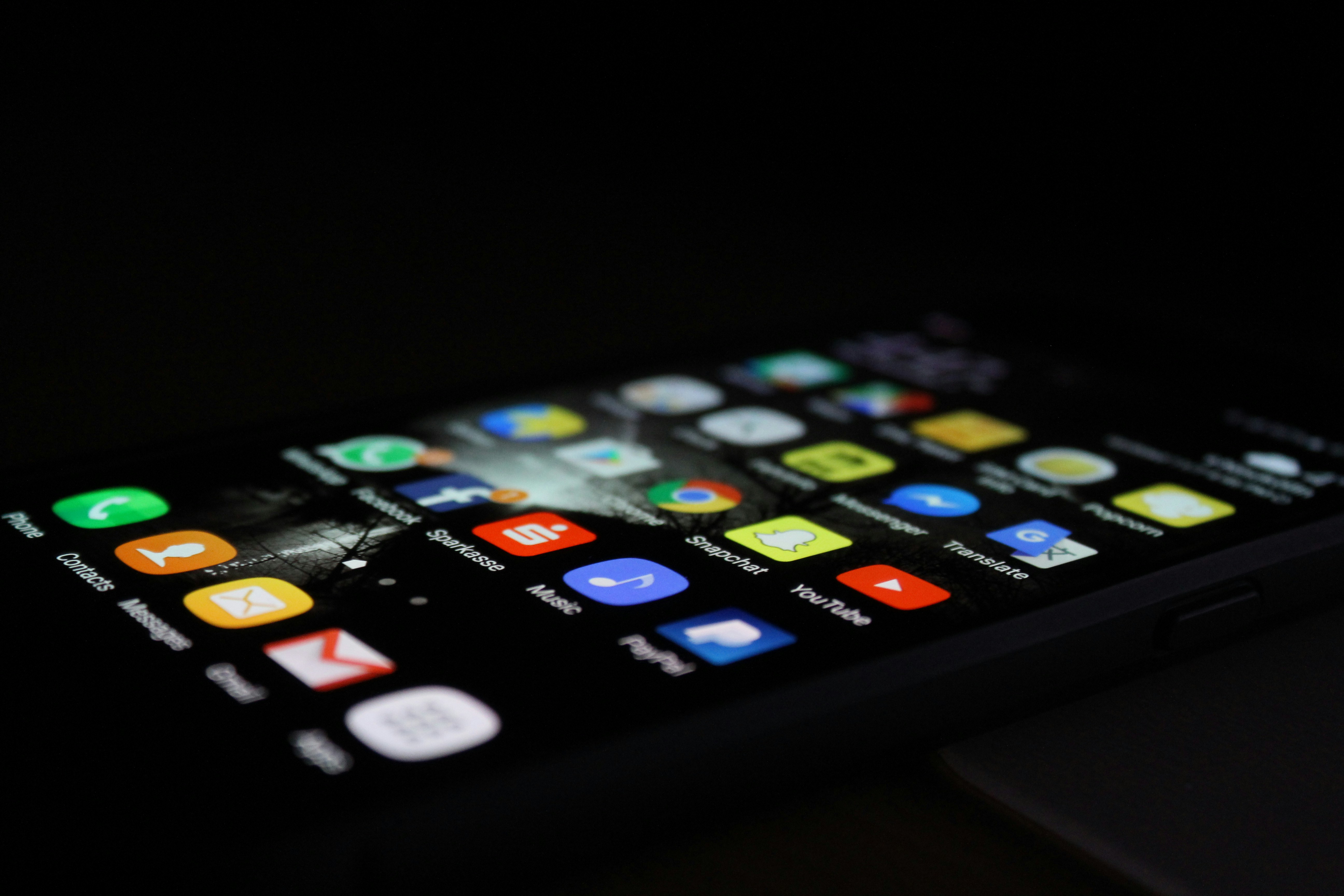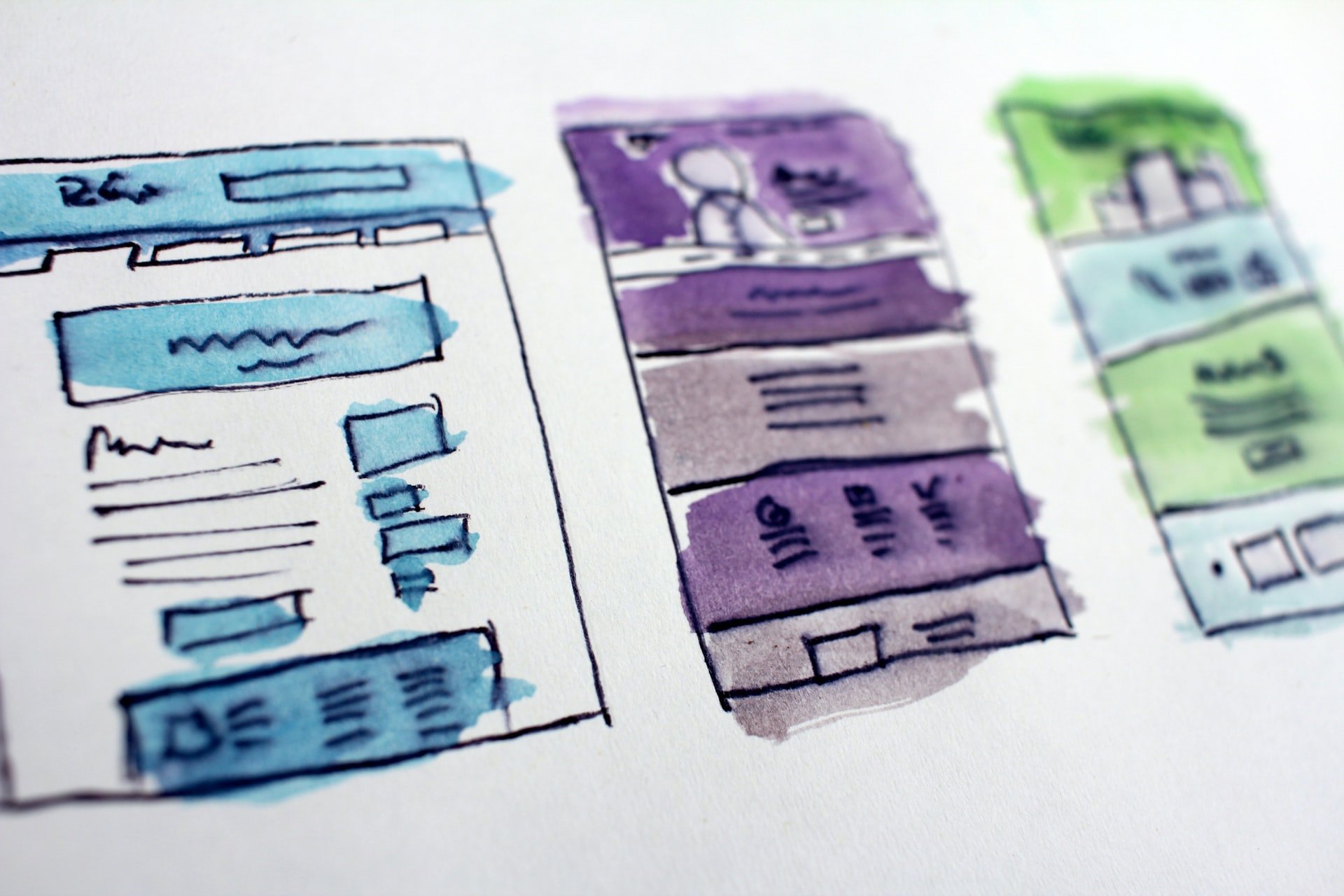The Best App Development Statistics for 2024
Whether you’re an avid app user or want to build one, read on to discover some of the top app development statistics.
Trends in UX matter because they’re typically reflective of cultural or developmental shifts in how people interact with technology. Many of these trends will become expectations by users. It’s smart for product developers to keep an eye on trends in UX and start integrating them into their products. In this post, we’re looking at the top 2020 trends worth following for mobile UX design.
Mobile app design has big shoes to fill on a global stage. The design needs to be accessible, giving people with disabilities such as vision and hearing impairments the opportunity to use the product. And it needs to be inclusive as well, adapting for the needs of users that speak English as a second language and considering customizations needed to support translation. If you want to open your market of opportunity and build goodwill while doing it, your mobile app design must welcome groups that traditionally have been left out of the digital revolution.
Stories not only serve an important role in content, but they also have a part to play in the overall UX for any digital product. Stories help to create positive emotions and build a connection with users by sharing information in an easily-digestible way. Through storytelling, you can guide users on their journey through your product. It’s also useful in making your brand more memorable by encouraging users to engage with it on an emotional level.
In 2019, we saw increases in disclaimer messaging on some social media content on platforms like Instagram, YouTube, and Facebook, where it appeared that content may include half-truths and/or tampering. That’s likely to continue as people seek information that is both relevant and truthful. This is particularly important as online information has such a large impact on shaping public opinion. UX design for all software will be expected to aid truth validation and provide for a more ethical user interface with fact-checking and reviewing features.
Integrating asymmetrical layouts into your design can add personality and character when used properly. But be sure to not just randomly place elements that might invariably cause user confusion. This is a trend that is continuing to grow with a shift from more traditional template-based layouts. Asymmetry provides room for creativity and generates visual interest when used effectively.
Users are engaging with multiple devices with varying screen sizes and interfaces. Current trends are now calling for compatibility solutions for new device integrations. Some examples include integrating with automobile dashboards, interactive TVs, gaming consoles, and voice-based interfaces. Integration not only drives technology forward, but will also invariably impact the UX for these new technologies. Expect to see a more device-agnostic experience with voice-user interfaces, wearables like FitBits, and a strong need for continued intuitive UX design.
Animations are a great way to grab your users’ attention, adding personality and bringing products to life. They can also aid in information comprehension. While illustrated animations have been around for a long time, they have continued to evolve significantly in recent years. They can be used quite effectively to tell the story of your brand.
Given recent trends towards remote work and virtual discourse, UX is facing pressure to become more socially-inclined. So much of our technology has been evolving towards becoming more social, and that trend will only continue as product designers seek to create shared experiences. UX will need to embrace this trend in order to enhance the interactions for both individuals and communities.
Product personalization may continue to gain momentum through advances in machine learning and artificial intelligence. Achieving a tailored UX is becoming more seamless with technology advances, and product designers can take advantage.
As screen sizes continue to grow and bezels are shrinking, we’re seeing increases in the use of gestures for devices, including phones and tablets. Sometimes gestures are offered as an alternative option for buttons, but at other times, buttons are being completely replaced. This will have significant impact to UX design, since designers will need to accommodate gestures without conflicting with the existing navigation mechanisms.
Staying on top of UX design trends is an important strategy to anticipate user expectations and desires. As you iterate your product in future versions, you’ll be ahead of the curve rather than struggling with an outdated interface when launch day arrives.
Want to learn how we help our customers design good user experiences or talk about your project idea? Get in touch.
Subscribe to our newsletter.

Whether you’re an avid app user or want to build one, read on to discover some of the top app development statistics.

User experience (UX) is at the forefront of everything digital. From digital marketing to social media, companies are focusing on how users...

Building an app requires a collection of technical skills, from server architecture to front-end coding. Entrepreneurs who develop an idea for an app...
Post
Share